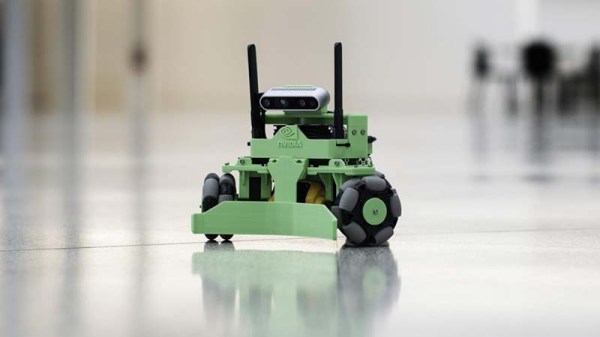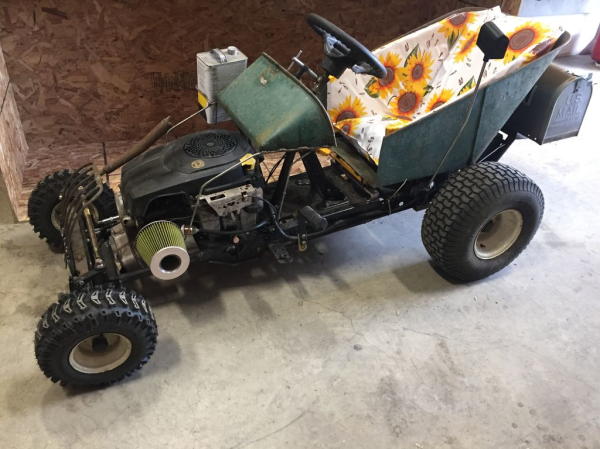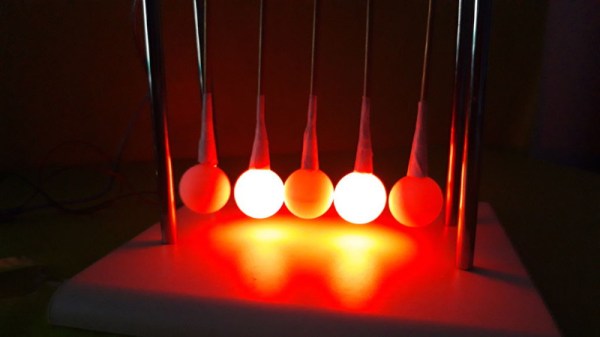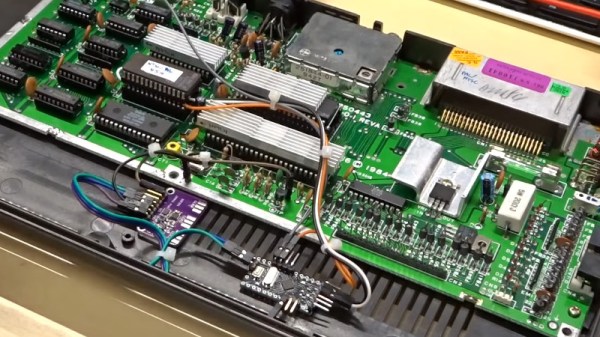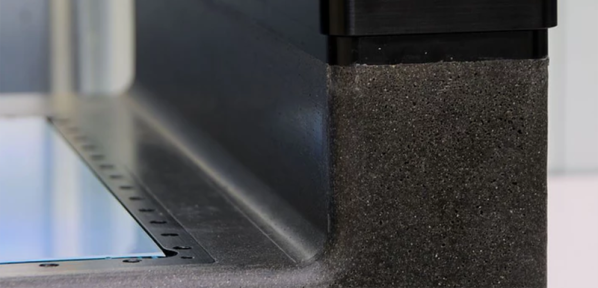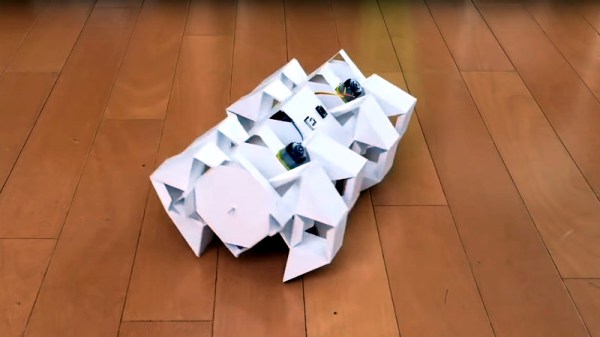We live in an exciting time of machine intelligence. Over the past few months, several products have been launched offering neural network processors at a price within hobbyist reach. But as exciting as the hardware might be, they still need software to be useful. Nvidia was not content to rest on their impressive Jetson hardware and has created a software framework to accelerate building robots around them. Anyone willing to create a Nvidia developer account may now play with the Isaac Robot Engine framework.
Isaac initially launched about a year ago as part of a bundle with Jetson Xavier hardware. But the $1,299 developer kit price tag pushed it out of reach for many of us. Now we can buy a Jetson Nano for about a hundred bucks. For those familiar with Robot Operating System (ROS), Isaac will look very familiar. They both aim to make robotic software as easy as connecting common modules together. Many of these modules called GEMS in Isaac were tailored to the strengths of Nvidia Jetson hardware. In addition to those modules and ways for them to work together, Isaac also includes a simulator for testing robot code in a virtual world similar to Gazebo for ROS.
While Isaac can run on any robot with an Nvidia Jetson brain, there are two reference robot designs. Carter is the more expensive and powerful commercially built machine rolling on Segway motors, LIDAR environmental sensors, and a Jetson Xavier. More interesting to us is the Kaya (pictured), a 3D-printed DIY robot rolling on Dynamixel serial bus servos. Kaya senses the environment with an Intel RealSense D435 depth camera and has Jetson Nano for a brain. Taken together the hardware and software offerings are a capable and functional package for exploring intelligent autonomous robots.
It is somewhat disappointing Nvidia decided to create their own proprietary software framework reinventing many wheels, instead of contributing to ROS. While there are some very appealing features like WebSight (a browser-based inspect and debug tool) at first glance Isaac doesn’t seem fundamentally different from ROS. The open source community has already started creating ROS nodes for Jetson hardware, but people who work exclusively in the Nvidia ecosystem or face a time-to-market deadline would appreciate having the option of a pre-packaged solution like Isaac.

